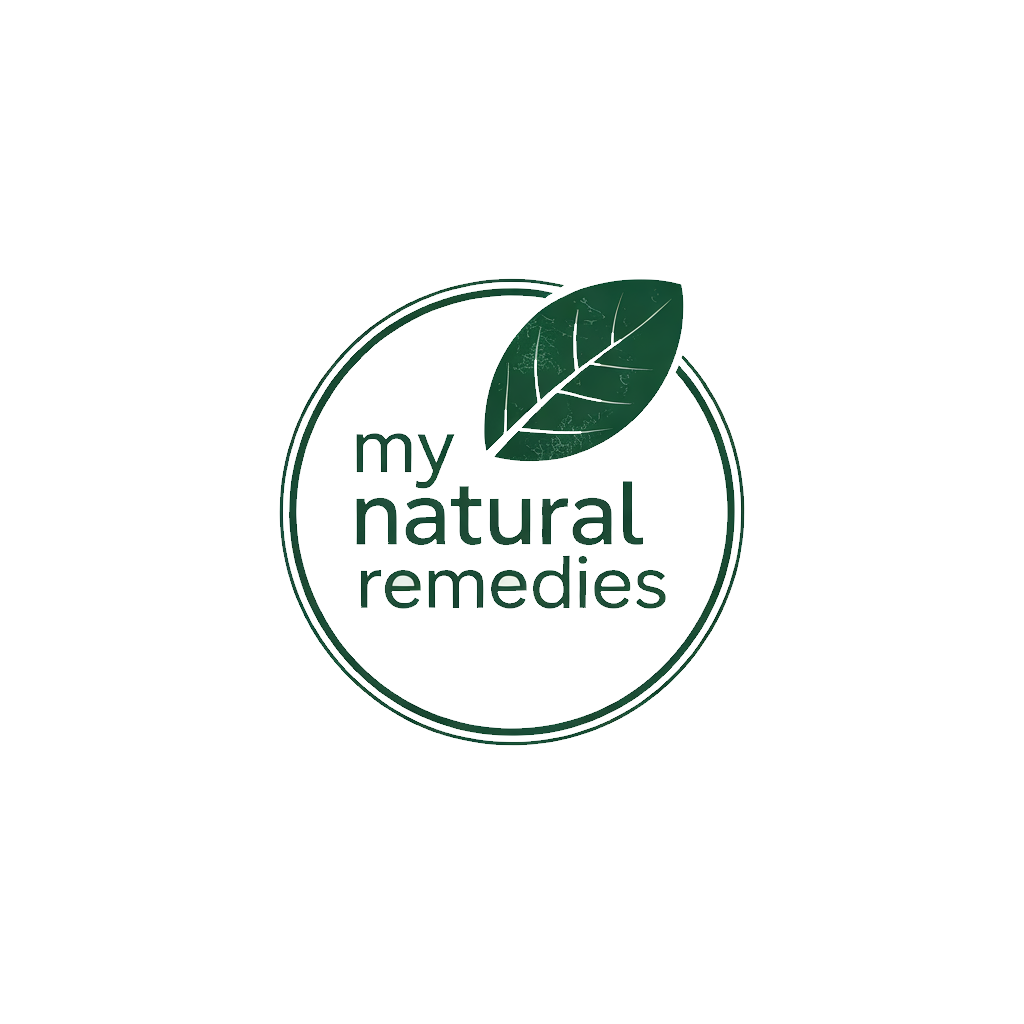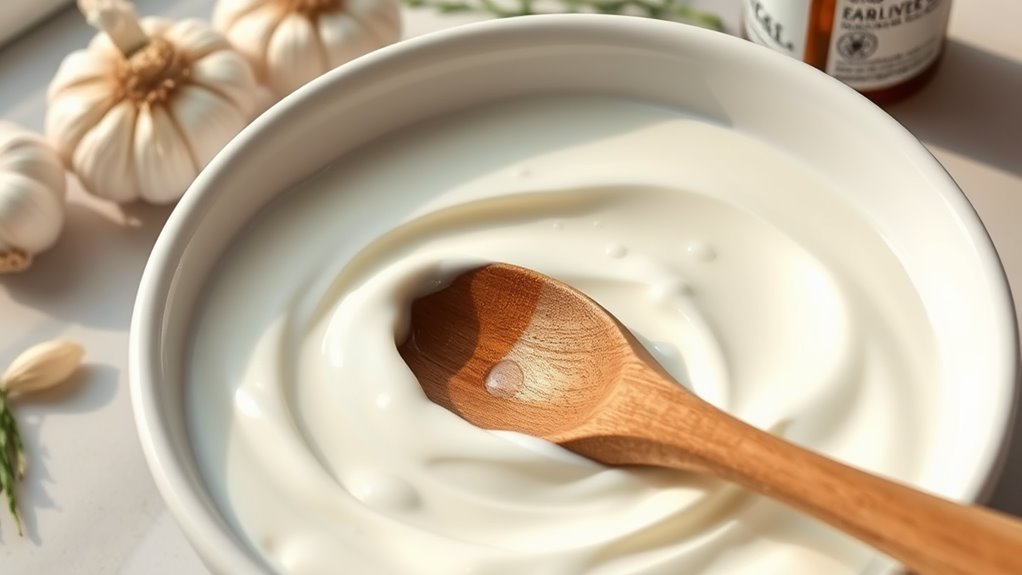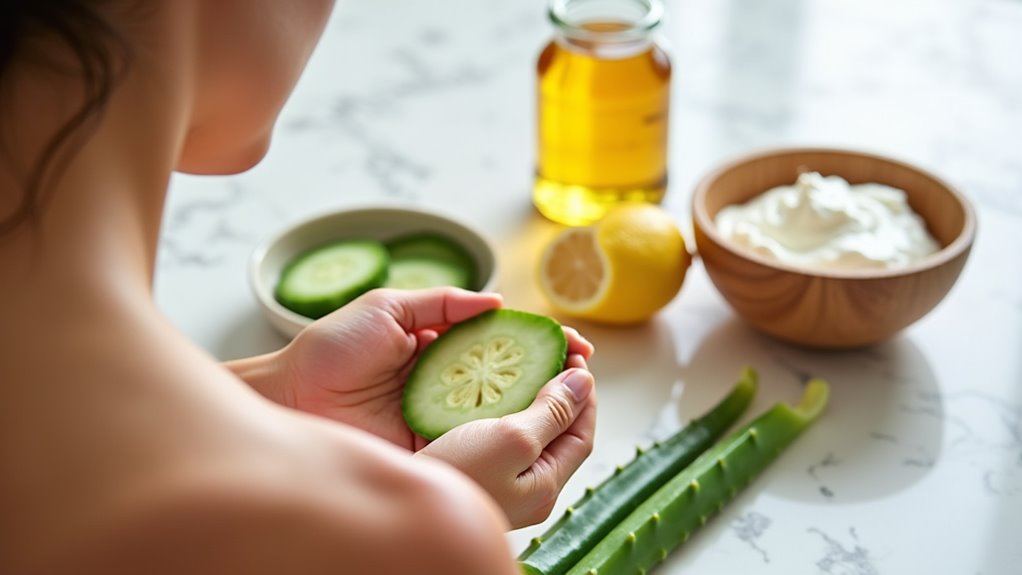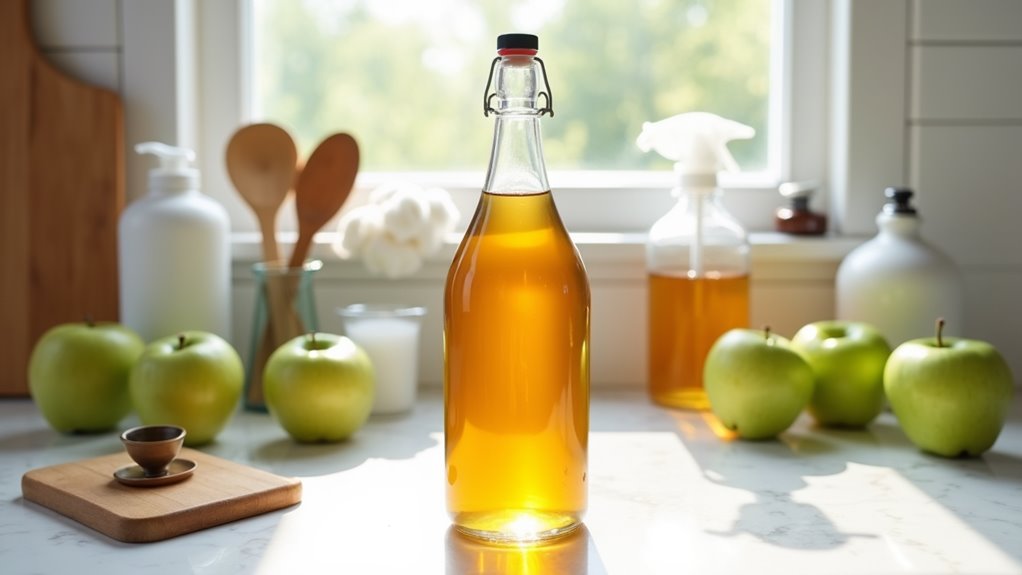Yeast Infection. The Home Remedy Doctors Don’t Want You to Know!
You can effectively treat yeast infections at home using natural remedies like apple cider vinegar and probiotic-rich yogurt. These solutions work by restoring your body’s pH balance and beneficial bacteria. For quick relief, try soaking in a warm bath with two tablespoons of apple cider vinegar or applying plain yogurt to affected areas. When combined with lifestyle changes like wearing breathable clothing and maintaining good hygiene, these remedies offer a powerful defense against recurring infections. Discover how these simple kitchen ingredients can provide the relief you’ve been seeking.
Understanding Yeast Infections and Their Common Causes
A yeast infection occurs when Candida, a naturally present fungus in your body, grows excessively and disrupts the normal balance of microorganisms. While anyone can experience this common condition, you’re not alone – about 75% of women will have at least one yeast infection in their lifetime.
Several factors can trigger this overgrowth, including antibiotics that kill beneficial bacteria, high blood sugar levels from diabetes, hormonal changes during pregnancy or menstruation, and a weakened immune system.
Your daily habits can also contribute – wearing tight, non-breathable clothing, using scented feminine products, or staying in wet swimwear too long. Even stress and lack of sleep can make you more susceptible.
Understanding these triggers is your first step toward prevention and effective treatment.
Apple Cider Vinegar as a Natural Treatment Option
While understanding the causes helps prevent yeast infections, natural remedies can provide relief when symptoms arise. Apple cider vinegar stands out as a trusted solution that’s been used for generations to fight fungal infections naturally.
You can use apple cider vinegar in two effective ways. First, add two tablespoons to a warm bath and soak for 20 minutes. This gentle approach helps restore your body’s natural pH balance.
Alternatively, you can dilute one tablespoon of apple cider vinegar in a glass of water and drink it twice daily to combat the infection from within.
Always choose raw, unfiltered apple cider vinegar with “the mother” for maximum benefits. It’s important to never apply undiluted vinegar directly to sensitive areas, as this can cause irritation and worsen symptoms.
The Role of Yogurt and Probiotics in Fighting Yeast Infections
Probiotics found in yogurt can effectively combat yeast infections by restoring your body’s natural balance of beneficial bacteria. When you eat plain, unsweetened yogurt or apply it directly to the affected area, you’re introducing healthy bacteria that help fight off the overgrowth of Candida.
You’ll want to look for yogurt containing Lactobacillus acidophilus, as this specific strain has shown promising results in treating yeast infections. Many women in our community have found relief by consuming at least one serving of probiotic-rich yogurt daily.
You can also insert a tampon dipped in yogurt or apply it externally for soothing relief. Remember, you’re not alone – this natural remedy has been trusted by generations of women seeking a gentle yet effective solution to yeast infections.
Essential Oils and Their Antifungal Properties
Several essential oils have proven antifungal properties that can help combat yeast infections naturally. You’ll want to focus on tea tree, oregano, lavender, clove, and coconut oils for the best results. When using these powerful natural remedies, always dilute them with a carrier oil to protect your sensitive skin.
| Essential Oil | How to Use |
|---|---|
| Tea Tree | Mix 3 drops with coconut oil |
| Oregano | Add 2 drops to carrier oil |
| Lavender | Blend 4 drops with almond oil |
| Clove | Use 1 drop with olive oil |
| Coconut | Apply directly to affected area |
Remember to do a patch test first to ensure you won’t have any adverse reactions. These oils work best when you’re consistent with application and combine them with other natural remedies like probiotics and dietary changes.
Lifestyle Changes to Prevent Future Infections
Making simple lifestyle adjustments can significantly reduce your risk of recurring yeast infections. Start by choosing breathable cotton underwear and avoiding tight-fitting clothes that trap moisture.
You’ll want to change out of wet swimsuits or sweaty workout clothes immediately.
Maintain good hygiene but avoid harsh soaps and douching, which can disrupt your natural pH balance. If you’re diabetic, keep your blood sugar under control, as high glucose levels can feed yeast growth.
Cut back on sugary foods and refined carbs in your diet.
Consider adding probiotic-rich foods like yogurt and kefir to support healthy vaginal flora. When taking antibiotics, you can protect yourself by consuming these beneficial bacteria.
Remember to wipe from front to back after using the bathroom to prevent spreading bacteria.
Warning Signs: When to Consult a Healthcare Professional
While most yeast infections can be treated at home, certain symptoms should prompt an immediate call to your doctor.
Like many women dealing with this common condition, you’ll want to watch for warning signs that indicate a more serious problem.
Don’t hesitate to seek medical attention if you experience:
- Fever or chills, which might signal a deeper infection
- Symptoms that persist longer than a week despite using over-the-counter treatments
- Unusual discharge that’s greenish, grayish, or has a strong fishy odor
- Severe pain, burning, or swelling in your pelvic area





